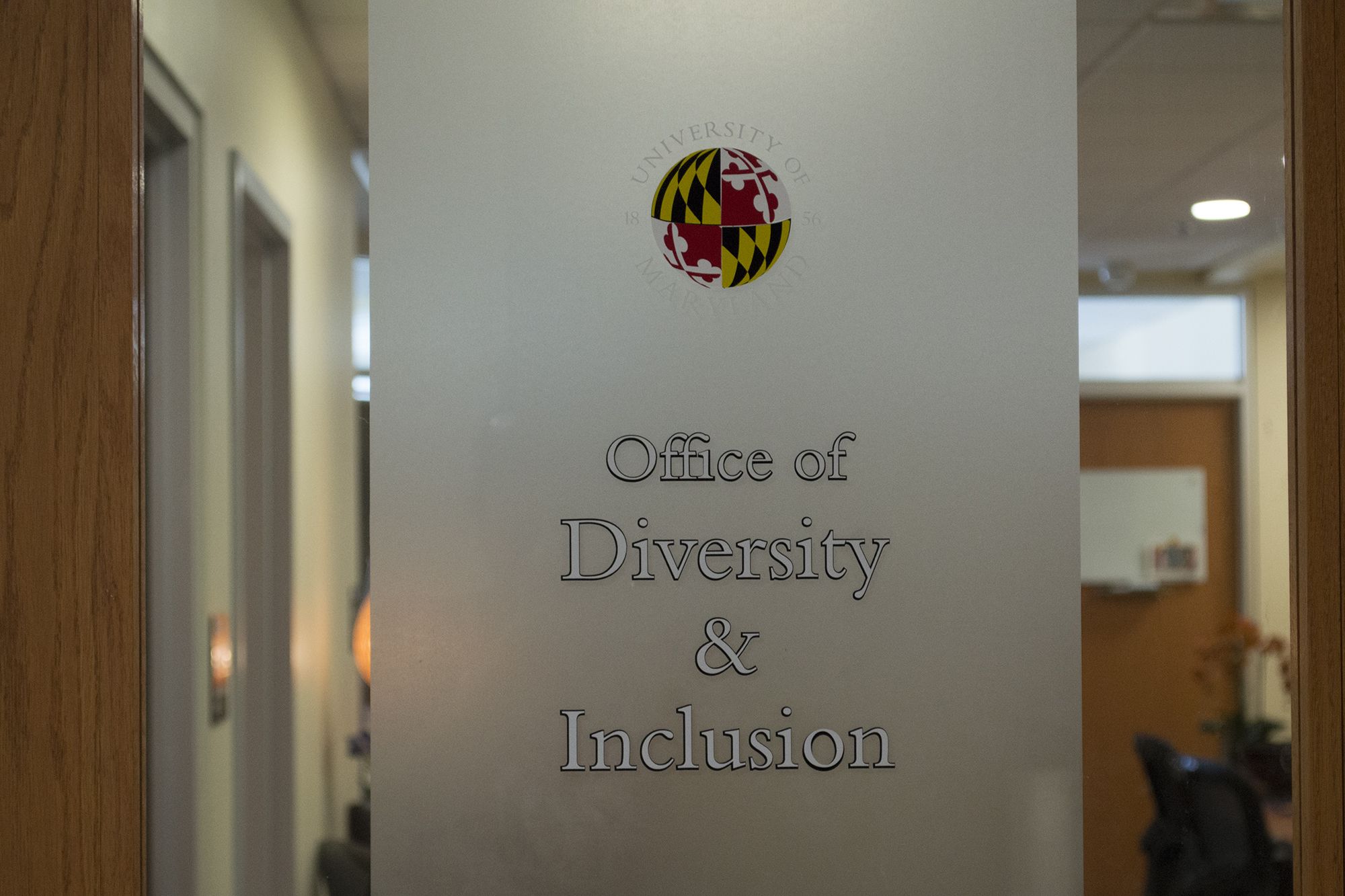Views expressed in opinion columns are the author’s own.
Over the past few academic years, numerous incidents of hate speech have plagued the University of Maryland’s campus, including incidents of swastikas and anti-LGBTQ messages left on students’ whiteboards. Such shocking displays of hatred and prejudice may leave students at a loss as to how to respond. There are many different ways to approach an occurrence of hate bias, depending on the details of the situation and the environment.
Ideally, administrations and institutions would take a serious approach to hate speech and symbols through enforced policies and effective consequences. Instances of hatred, such as the noose hung in a campus fraternity house, would be met with expulsion rather than performed concern and eventual excusal. Clearly, though, looking to institutions to overtly oppose hatred is often unproductive.
On an individual level, the ideal scenario would be one where a student could safely confront the perpetrator or be able to safely report them so they face consequences. Reality presents some complications, as safety, reputation and likeability are genuine concerns. Advocating for equality and respect of others is often met with mockery and associated with the negatively stigmatized persona of an annoying “social justice warrior.”
Facing such an obstacle can be difficult, but we have to decide what is more important: the validation of people who accept or perpetuate problematic behavior, or the people who are fighting against it.
Still, the exact actions one should take can be difficult to determine. Approaching hate bias incidents involves a weird balance between taking a hard stance against prejudice while also maintaining a calm and safe atmosphere.
If an incident of hate speech occurs in a conversation or at a party, students can choose to call the person or symbol out if they feel comfortable. A simple “what is this?” paired with a nice expression of disgust tells everyone in the room, including those who are thinking the same thing but hesitate to say it, that hate bias is just not acceptable. Bringing negative attention to the occurrence in a way that invites other people to agree with you allows for a degree of safety, support and guarantee that your message is getting across.
Another approach may be to tap into that English 101 concept of ethos and logos and prepare yourself with facts as well as a plan to escape if your safety is at risk. Logic allows for a directed and composed response, which is ultimately more conducive to conversation and preventing potentially dangerous arguments. However, the very act of hate speech and bias defies logic, so be prepared to face rejection, contempt and possible threats.
Though it’s unlikely we can change the minds of people who use hate speech, expressing opposition allows those who are present but allow prejudiced language to see what an appropriate reaction looks like. If a discussion about the issue follows, it’s important to continue to stay calm and aware of the situation. Present the facts you know, own up to the facts that you don’t.
You might choose to follow general guidelines of productive political conversations, but know that the process is frustrating and usually feels ridiculous, as the argument for people’s safety and basic rights shouldn’t be a debate. These methods can also be used in the social media sphere, which might give you the advantage of formulating thoughts and articulating a response rather than feeling pressured to respond on the spot.
However, working as an individual is not always possible. Taking community-wide stances and approaches allows students to form a united front against hate speech and a support system to fall back on if needed. Communities may range from residence halls to clubs and advocacy groups, all of which can come together to open up a forum for discussion as to how to respond to the specific incident and support targeted students.
In the case of vandalism, there is often not a way to trace the perpetrator. When this happens, it is best to work within the community of the residence hall, club or organization to recognize that the issue occurred and then take steps to address it.
Overall, there is no easy or definitive way to respond to hate bias and hate speech. Doing so requires active effort and a willingness to participate in difficult conversations, but ultimately brings us a step closer to the claim of being “created equal” that we’ve yet to enjoy.
To find campus resources for hate bias incidents, or to report an incident, please visit: https://www.diversity.umd.edu/hate-bias-resources.html.
Jasmine Baten is a junior English major. She can be reached at jasminebaten137@gmail.com



